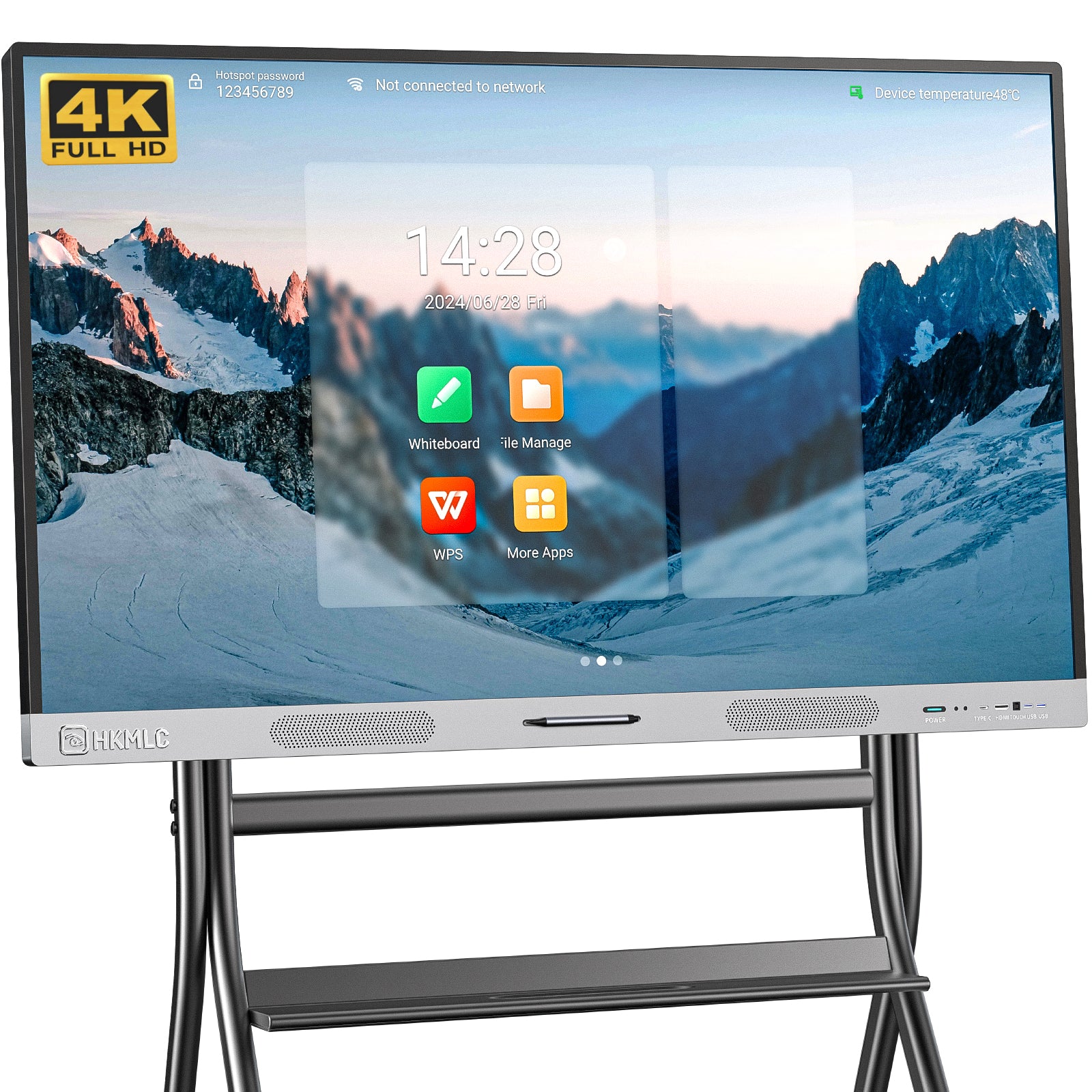The SAMR model, designed by Dr. Ruben Puentedura, is a framework that helps educators integrate technology into teaching and learning effectively. The S A M R model offers a structured method to use technology to enhance educational processes, leading to the transformation of traditional learning environments. SAMR stands for Substitution, Augmentation, Modification, and Redefinition, representing the increasing stages of complexity in how technology is applied in the classroom.
What Is the SAMR Model?
The SAMR model was developed to help educators assess and adopt technology in a classroom setting. Each of the four levels marks a progression in how technology can modify or transform learning experiences, from simple enhancement to complete transformation. Below is a detailed explanation of each level:
- Substitution: Direct Tool Replacement
At the Substitution level, technology is used as a direct replacement for traditional tools, but without any functional improvement. The task remains the same, but the medium changes. This is where many educators new to using technology in the classroom begin. The goal here is to explore how technology can replace traditional methods without changing the nature of the activity.
Example: Instead of using a printed handout, students type their answers into a word processor. The task is identical, but the medium has changed.
- Augmentation: Amplified Tool Replacement
Augmentation represents a step forward where technology replaces traditional tools with added functionality. The task itself does not change, but technology enhances the process, making it easier or more effective. The SAMR model technology at this level provides additional features such as automatic spell-check or revision tools, improving the efficiency of the task.
Example: Students use a word processor to write an essay with built-in grammar suggestions and thesaurus options, making the writing process more efficient and effective.
- Modification: Redesigning the Task
The Modification stage of the SAMR model marks a significant shift. Technology now allows the task to be redesigned in ways that were previously difficult or impossible. This stage focuses on transforming the learning activity by leveraging technology to create a more meaningful and collaborative learning experience. The task itself is altered, leading to deeper engagement.
Example: Instead of writing a traditional essay, students collaborate on a shared document, providing real-time feedback to each other. Alternatively, they could create multimedia presentations, incorporating videos and images to support their arguments.
- Redefinition: Offering New Tasks
Redefinition, the highest level of the S A M R model, involves using technology to create new tasks that were previously unimaginable. At this stage, technology not only enhances or modifies learning tasks but also enables the creation of entirely new learning experiences. SAMR meaning here refers to a complete transformation of teaching and learning, allowing for creativity, collaboration, and exploration beyond traditional methods.
Example: Students create a podcast series where they interview experts from around the world, collaborating with peers from other countries to explore global perspectives on a given topic.
Why Is the SAMR Model Important?
The SAMR model is crucial because it provides a clear roadmap for educators to gradually integrate technology in meaningful ways. As teachers progress through the levels of Substitution, Augmentation, Modification, and Redefinition, they can achieve higher levels of student engagement and learning. While not all activities need to reach the Redefinition stage, the SAMR model technology encourages educators to think critically about how technology can enhance or transform traditional teaching practices.
The model reminds educators that technology should not be used for its own sake but as a tool to add real value and bring about meaningful transformation in learning. By reflecting on the potential of technology, educators can elevate their teaching strategies and provide students with innovative and engaging learning experiences.
Conclusion
The SAMR model is a powerful framework for educators looking to incorporate technology into their teaching practices. It helps ensure that technology is used effectively, whether through simple substitutions or by reimagining tasks to create new opportunities for learning. By following the S A M R model, educators can guide students toward deeper and more meaningful engagement with content, making learning more dynamic and innovative.

















